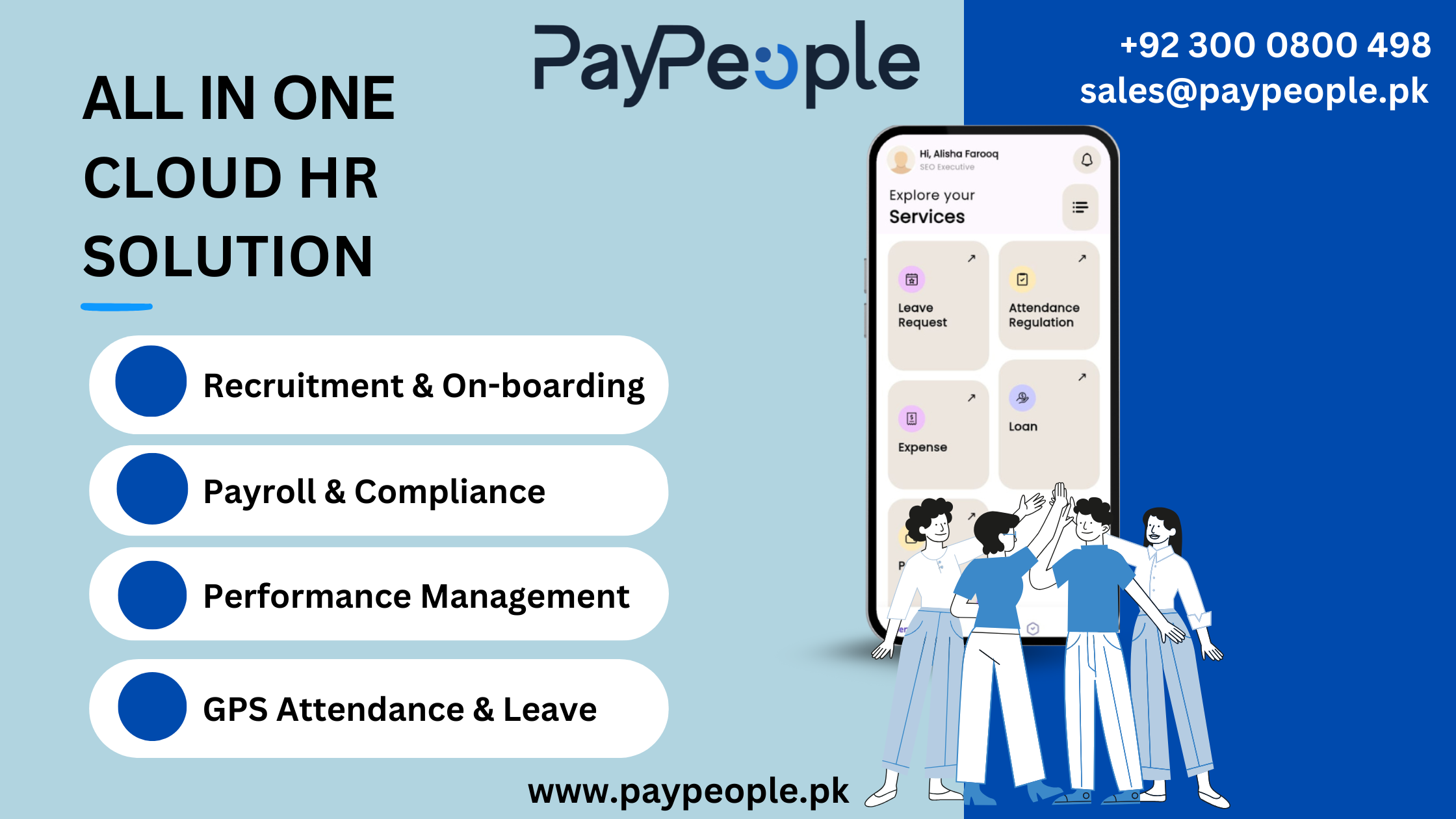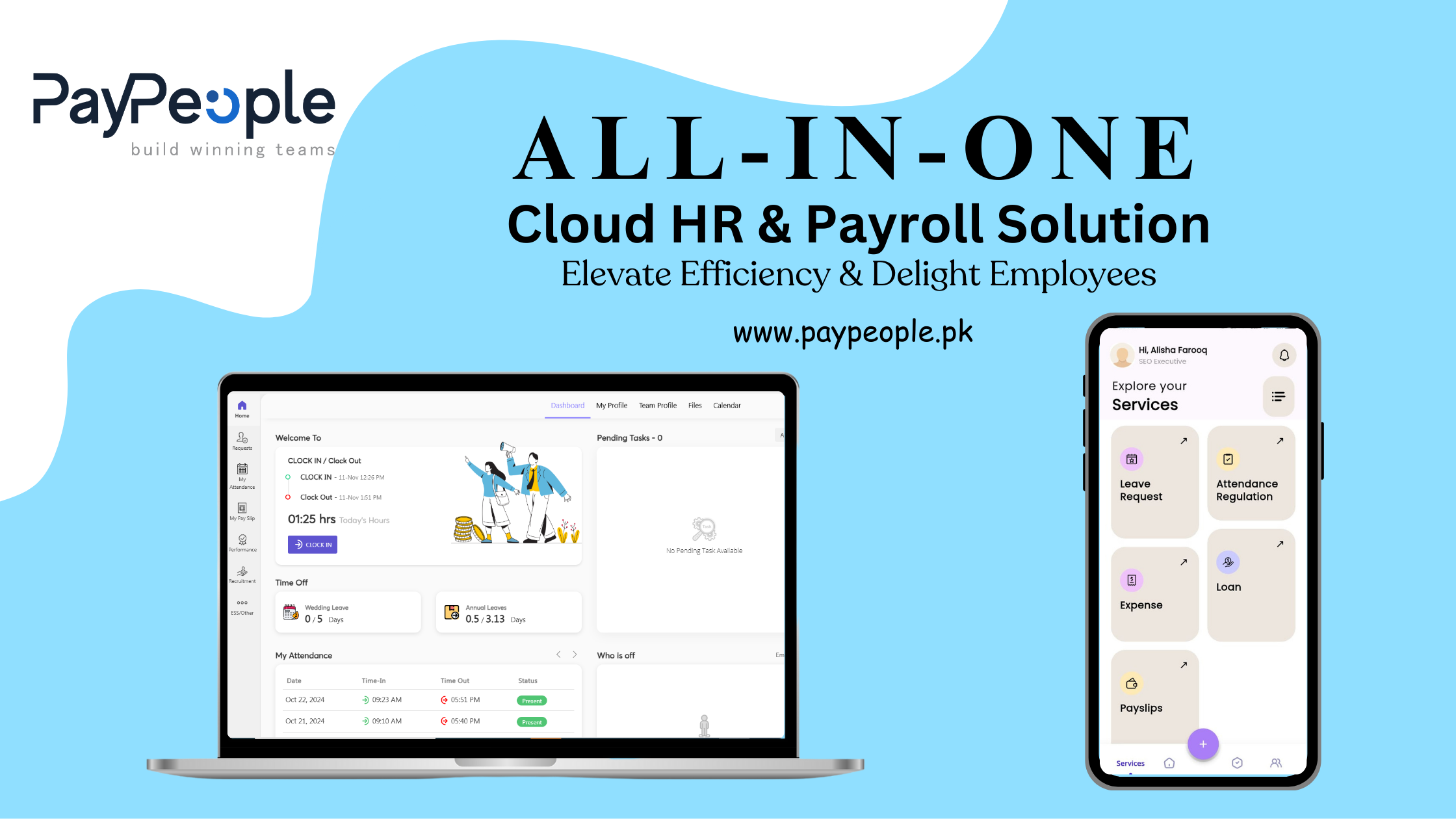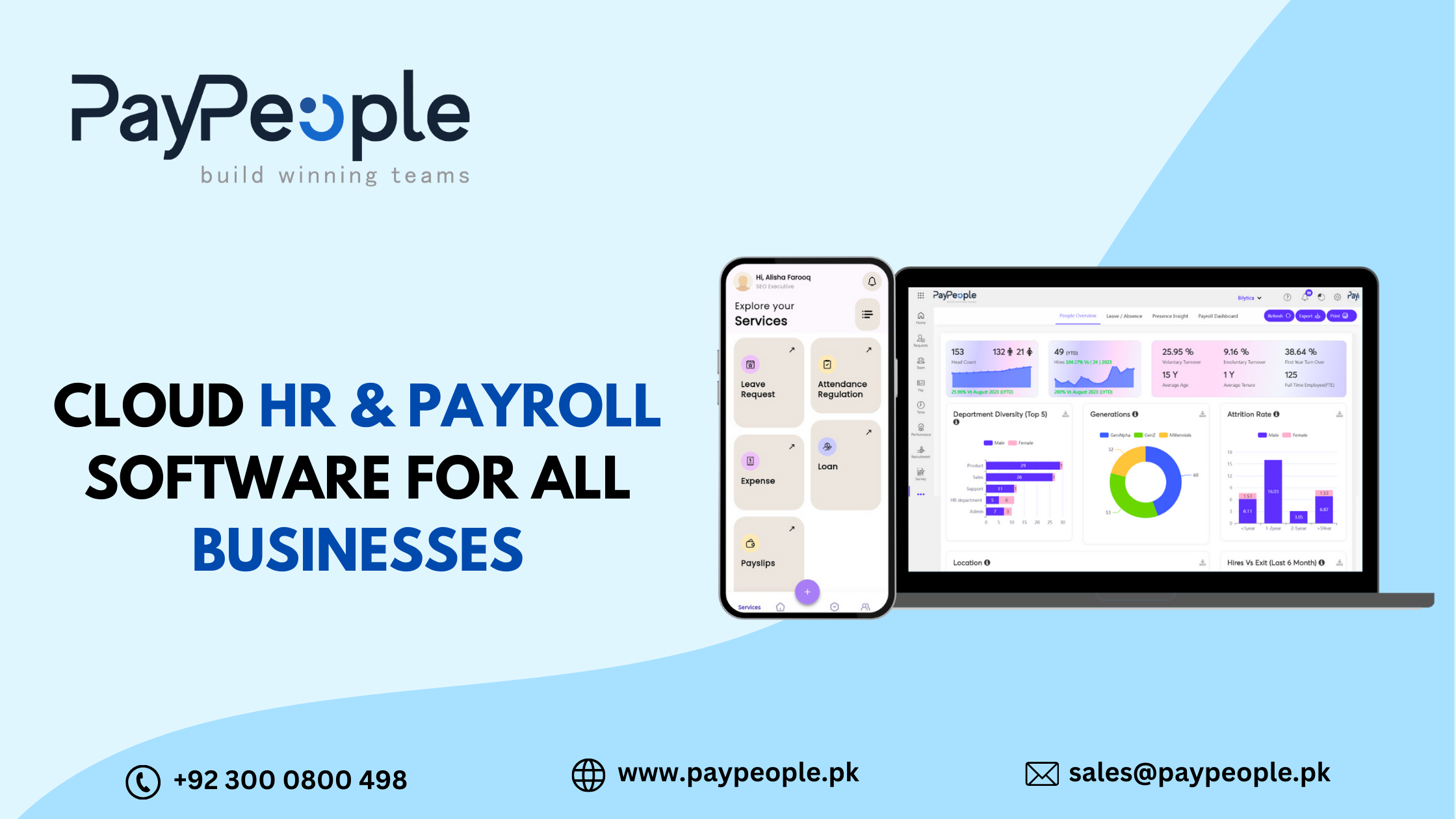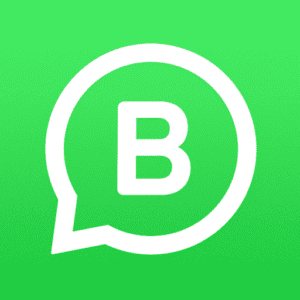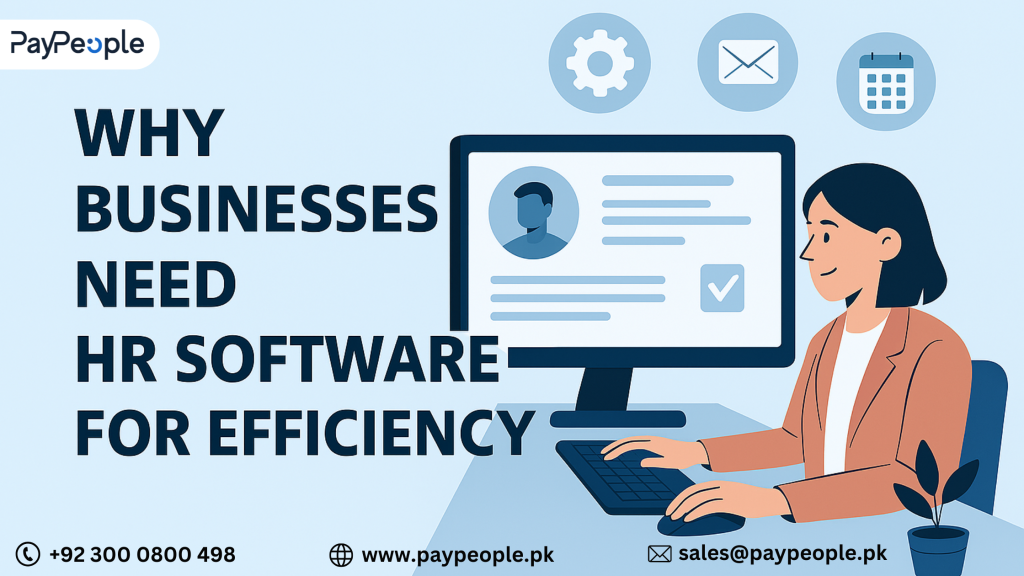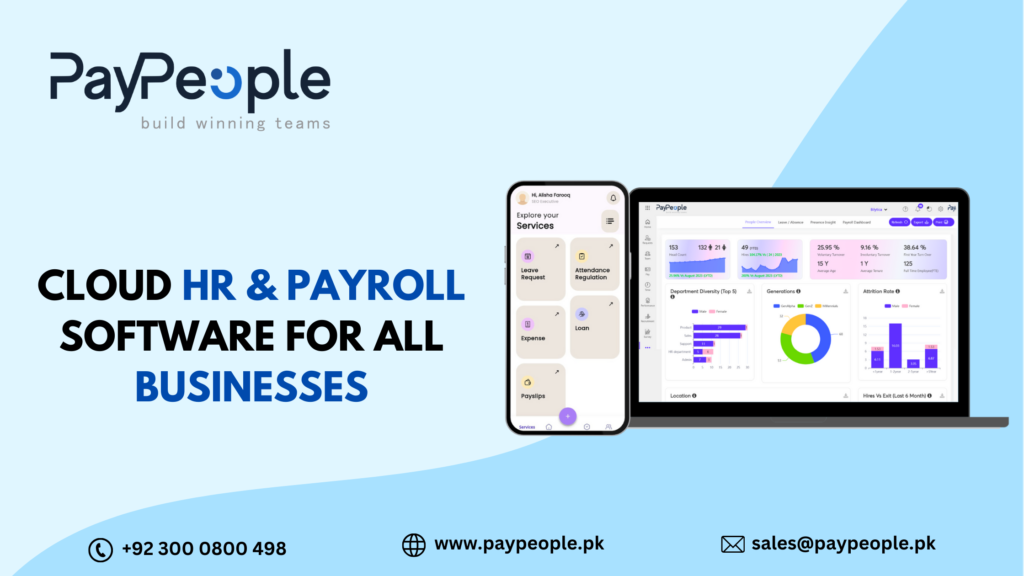In today’s fast-paced digital landscape, Human Resources (HR) software is critical for optimizing crucial tasks including payroll, recruitment, performance management, compliance, and employee engagement. With advances in AI-powered automation, cloud-based accessibility, and data security, choosing the right HR software is critical for increasing productivity, boosting staff management, and assuring compliance with changing labor standards. This guide examines the most recent HR software trends, their benefits, and how to select the best solution for your company.
Why Do Businesses Need HR Software?
HR software automates and centralizes important HR activities, minimizing manual errors, increasing compliance, and improving the employee experience. A robust human resource solution ensures:
- Automation of HR tasks: Eliminates repetitive manual work, increasing productivity.
- Enhanced compliance: Keeps businesses aligned with changing labor laws and tax regulations.
- Data security and privacy: Ensures sensitive employee information is protected.
- Actionable insights through AI analytics: Provides data-driven workforce decisions.
- Improved employee engagement: Self-service portals empower employees to manage their records and requests.
Latest Trends in HR Software for 2025
With changing workplace dynamics, HR software solutions have improved tremendously. Here are some of the key trends influencing the HR technology landscape:
1. Artificial intelligence and automation in HR
Artificial Intelligence (AI) is transforming HR processes, from automated resume screening and chatbot-driven employee queries to predictive analytics in talent management. AI-powered HR software can identify skill gaps, forecast employee attrition, and personalize learning & development programs.
2. Cloud-Based HR Solutions for Remote Work
Cloud-based HR software is a game-changer for businesses with remote and hybrid workforces. It allows HR teams to manage payroll, track attendance, and oversee performance from anywhere. Cloud solutions are scalable, cost-effective, and enable seamless collaboration between HR and employees.
3. Employee experience and self-service portals
HR software is increasingly focusing on enhancing the work experience. Employees can use self-service portals to apply for leave, view payroll details, update personal information, and contact with HR professionals, resulting in increased engagement and reduced administrative workload.
4. Integrated Payroll and Compliance Management
Payroll Management, tax compliance, benefits administration, and time tracking are all integrated into modern human resource software. Automated tax computations, multi-country payroll processing, and real-time compliance updates make it easy for businesses to remain on top of regulatory needs.
5. Data-Driven HR and Advanced Analytics
HR analytics tools use real-time data to optimize workforce management, employee retention, and productivity. Predictive analytics help HR teams make strategic hiring and talent development decisions.
Types of HR Software Solutions
Cloud-Based HR Software
- Accessible from any location.
- Scalable to accommodate increasing businesses.
- Requires little IT infrastructure.
- Ideal for small and medium-sized businesses.
On-Premise HR Software
- Hosted on a company’s internal servers.
- Offers greater control over data security.
- Requires significant upfront investment.
- Suitable for large enterprises with strict security policies.
Key Features to Consider When Choosing HR Software
When evaluating HR software, consider the following features to align with your company’s needs:
- Payroll and Tax Management: Automated payroll processing, tax calculations, and compliance monitoring.
- Recruitment & Onboarding: AI-powered job postings, applicant tracking, and digital Hiring & onboarding.
- Performance & Talent Management: 360-degree feedback, KPI tracking, and skill development.
- Compliance & Legal Support: Ensures adherence to labor laws and evolving tax regulations.
- Employee Self-Service & Engagement: Access to HR services, digital payslips, and attendance tracking.
How to Choose Your Company’s Ideal HR Software
Your company’s size, financial constraints, and operational objectives must all be carefully taken into account when choosing an HR solution. Here are a few crucial elements to consider:
- Scalability: Pick a system that can expand along with your company.
- Cost-Effectiveness: Examine the short-term expenses and long-term advantages of cloud computing against on-premises options.
- Integration Capabilities: Verify interoperability with current tools, such as project management software and accounting software.
- User-Friendliness: Select software that is simple enough for employees and HR staff to use.
- Customer Support: For system upgrades and troubleshooting, dependable vendor support is essential.
Conclusion
Selecting the appropriate HR software is crucial for increasing employee engagement, guaranteeing regulatory compliance, and optimizing HR processes. Businesses need to keep up with the most recent developments in HR technology to make wise judgments. The right HR software may revolutionize workforce management and boost overall efficiency, whether you choose a powerful on-premise system or an AI-powered cloud option.
Paypeople provides AI-powered HRMS that streamlines workforce administration, payroll, and talent acquisition for companies seeking a comprehensive HR solution. Discover how Paypeople can transform your human resources operations right now!
